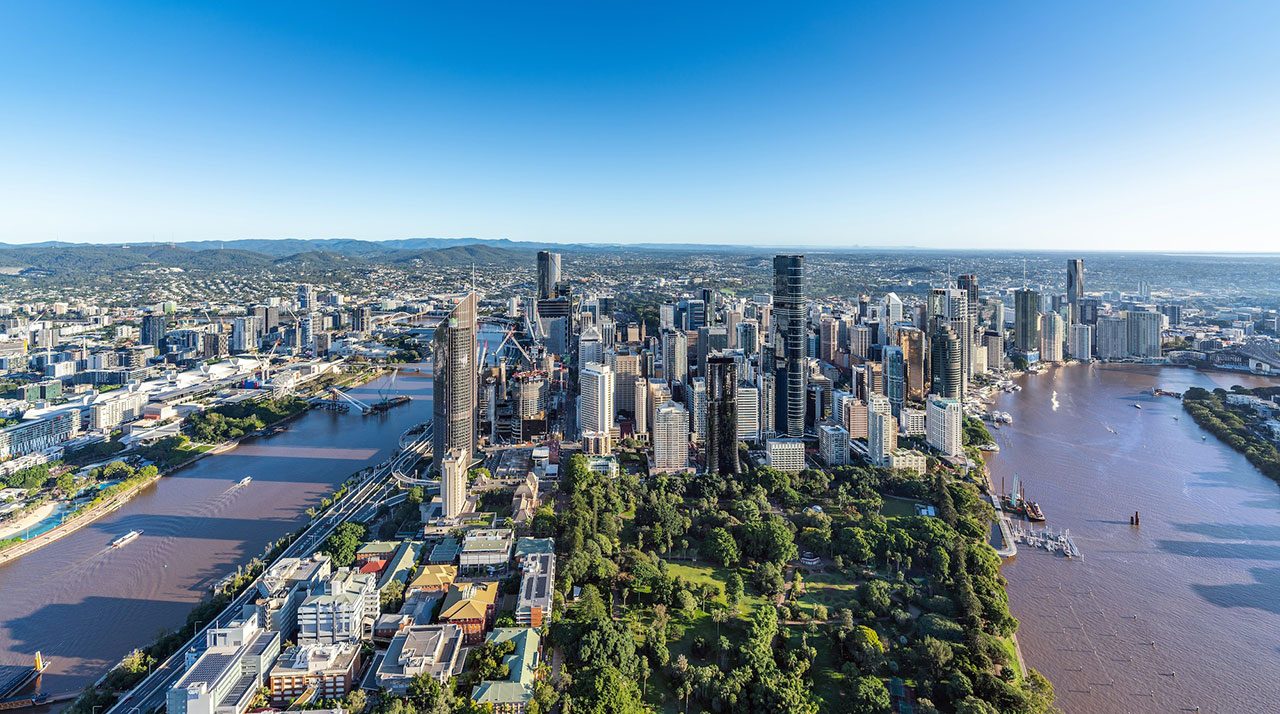This article is from the Australian Property Journal archive
MORE housing supply is the solution to Queensland’s rental market crisis, according to the REIQ, with the sunshine state continuing to grapple with tight vacancies.
The REIQ’s residential vacancy rate report for the final quarter of 2024 shows a statewide vacancy rate of just 1.0%, only a tick above the 0.9% recorded in the previous quarter.
Vacancy rates tightened 18 of the 50 of the local government areas and sub regions analysed., 15 remained stable, and 17 relaxed.
REIQ CEO Antonia Mercorella said reporting on “little to no vacancies” had begun to feel like a broken record, with nearly every region recording a vacancy rate in the tight range and well below the REIQ’s healthy rating of 2.6% to 3.5%
Despite the movements over the quarter and over the year, 48 out of the 50 regions in the report have landed in what the organisation classifies as a “tight” rental market.
“The ugly reality is that when you have a prolonged tight rental market like this, everyone feels it. We know that the most vulnerable in our community are the hardest hit however its impact is felt at all levels including amongst those with higher or double incomes,” Mercorella said.
Cook – at 0.0% – remained tightest region in the state, with Goondiwindi and Charters Towers only just moving the dial at 0.1%.
At the other end of the spectrum, the Bay Islands at 3.5%, including North Stradbroke, Russell, Macleay, Karragarra, Lamb, and Coochiemudlo held a healthy vacancy, along with Isaac at 3.2%, being the only other healthy rental market in the report.
A strong seasonal swing was seen in holiday-hotspot Noosa, with vacancy rate halving compared to the previous quarter from 2.4% to 1.2%.
Meanwhile, Isaac lifted by 1.1% to 3.2%, moving the region into healthy territory for the first time since the onset of the pandemic.
Brisbane was one of only two capital cities to see rental growth in the December quarter, according to REA Group, while the sharp vacancies translated to a 5.0% annual uplift in 2024 to a median rent of $630 per week. Rents in regional Queensland, meanwhile, jumped by 8.6% – the highest of any capital city or region in nation last year.
More housing supply needed
“To solve our housing crisis, Queensland needs a laser focus on addressing housing roadblocks – from infrastructure provision and land release, to labour shortages, tax and regulatory settings, infrastructure fees, and productivity standards,” Mercorella said.
“While the groundwork is laid with regional plans to cater to growth, we also need to be looking for ways to tap into the full potential of existing housing supply.”
The Australian Bureau of Statistics’ most recent commencement and completions data showed only 8,177 dwellings were completed in the September quarter – equal to 32,700 in annual terms. This is well behind the 49,000-plus dwellings Queensland needs to build each year as part of its contribution to national cabinet’s flagship housing initiative, the National Housing Accord, which aims to deliver 1.2 million homes nationally over five years.




